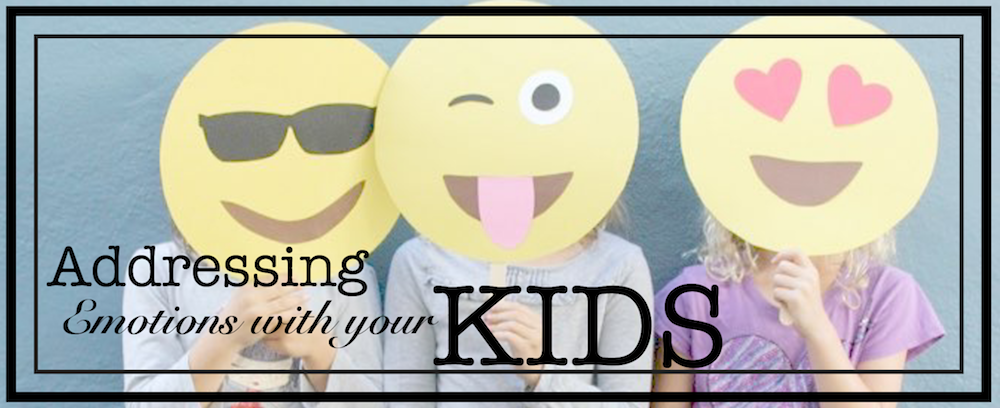Last week, we addressed the topic of emotions and acknowledged that this can often be a challenging point of discussion in the home. This week, I’d like to offer a few ideas on how to start bringing up emotions with your kids. Some kids don’t talk very much or they best express their emotions with body language and actions. Talking about emotions may be uncomfortable or something they are not used to. How can you begin to address emotions and feelings with your kids? If you already do this, how can you better hone in on your child when he or she is expressing how they are feeling?
It is worth noting that, in some instances, your child will very much need to “talk out” their emotions with you. Maybe they are angry at a teacher who seems to be singling them out for bad behavior, or maybe they are deeply troubled by a classmate who is ignoring them, or worse, making fun of them. In such cases, your child may want to share with you how they are feeling about something. They might need to just blow off steam with you, or “cry it out.” Or they may ask for your opinion on what to do next.
Other times, your child may not talk much at all, but their actions will speak volumes about what’s going on inside. They might throw a wild temper-tantrum, or pout in a corner, seemingly all out of sorts. In those moments, consider the emotion behind the behavior. Why are they feeling this way? Did something bad happen today? Are they just mad about not getting their way? It might be tough to uncover the truth, but their body language very well could be the way they communicate their feelings to you.
Whether your child expresses their emotions through words or actions, there are a few, concrete things you can do to get the ball moving. Sit close to your child or even embrace them – young kids especially need the calming presence of an adult. Listen and be aware of phrases like “I feel ___” or even “I don’t know what’s wrong with me.” Ask questions about how they are feeling or offer a few words (e.g., mad, sad, happy, or worried) to see what they bite onto. You may share about a time that you felt the same way or express that their emotions make sense. Most importantly, strive to show your child that it is okay to express their feelings with you, and that how they are feeling is not wrong or bad.
Next week, I will offer some tools on how to manage or regulate emotions – both for you and your children.

